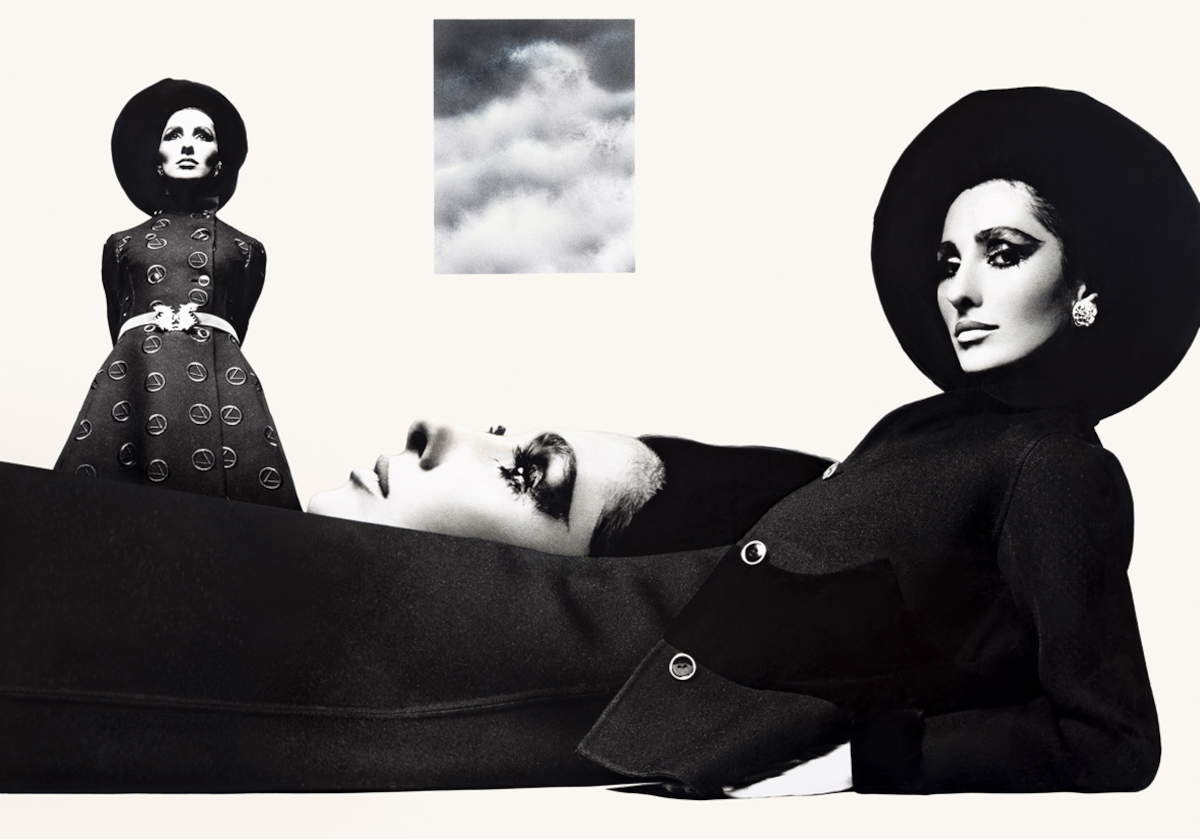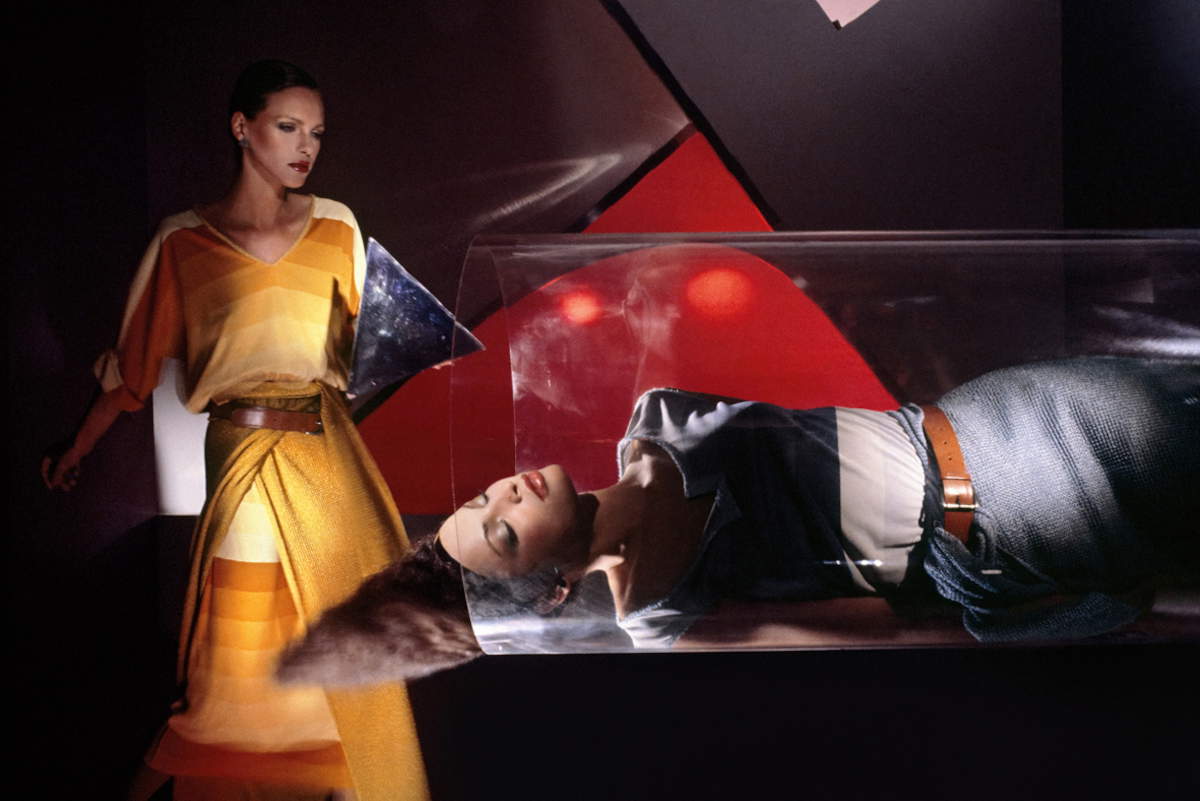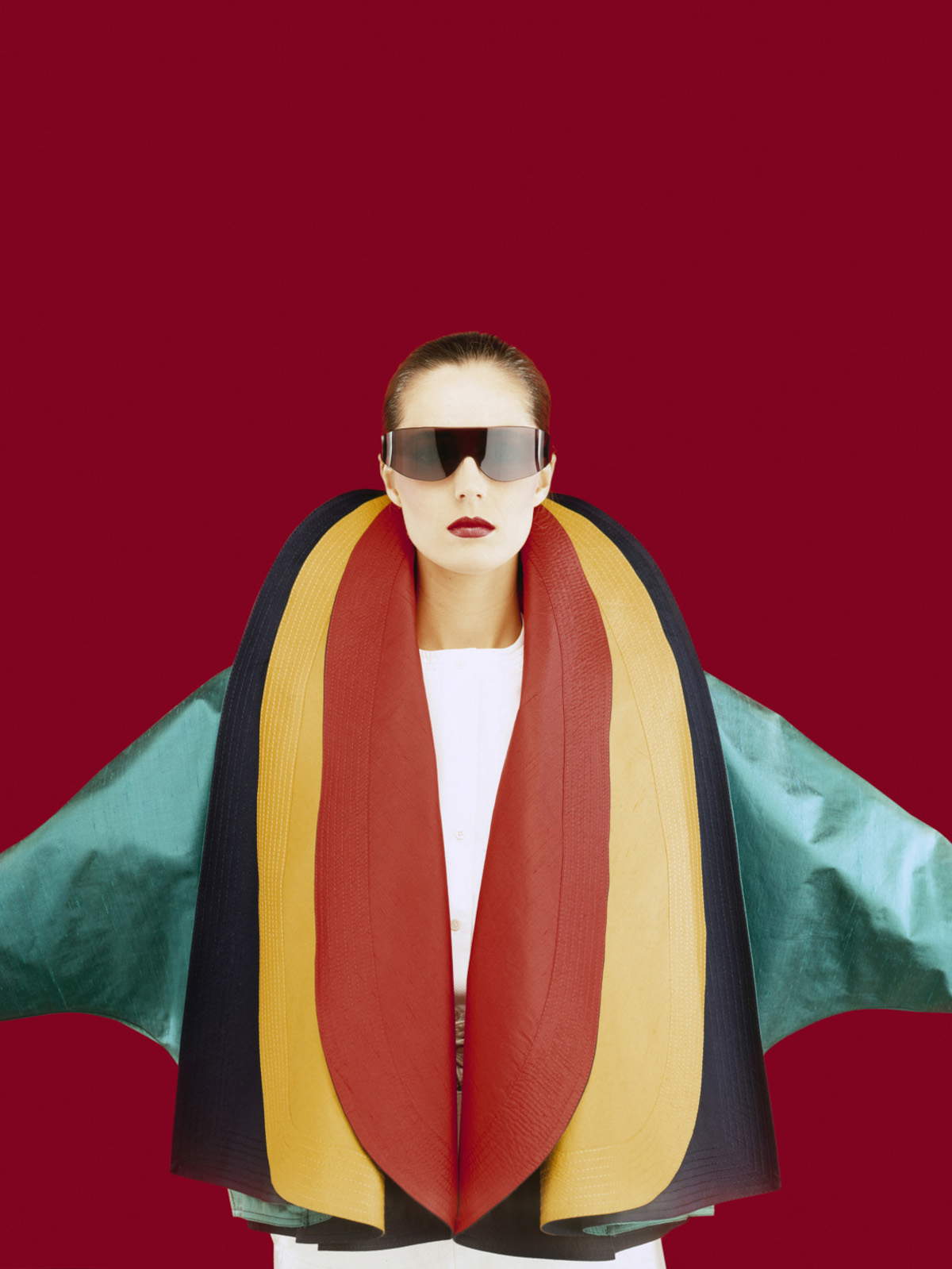From Sept. 13 to Dec. 14, 2025, the Magnani-Rocca Foundation in Mamiano di Traversetolo (Parma) will host the exhibition Fashion and Advertising in Italy 1950-2000, dedicated to theevolution of Italian fashion advertising communication in the second half of the 20th century. More than 300 pieces, including posters, magazines, photographs, TV commercials, videos, gadgets, Fiorucci figurines and more, tell the story of the transformation of the collective imagination and the way Italian fashion was able to communicate itself to the world. The philological gaze is interwoven with a poetic narrative that traces the history of costume and advertising in Italy, at a time when cinema and television became the mirror and sounding board of new styles and identities.
From the 1950s to the 2000s, Italian creativity conquered the international scene with famous brands and designers: Armani, Benetton, Dolce & Gabbana, Fiorucci, Salvatore Ferragamo, Gucci, Max Mara, Moschino, Valentino, Versace, among others. Alongside them are the great fashion photographers - Giampaolo Barbieri, Giovanni Gastel, Alfa Castaldi, Maria Vittoria Backhaus - and illustrators such as René Gruau, Erberto Carboni, Franco Grignani, Guido Crepax, Antonio Lopez, Lora Lamm, up to the provocative and disruptive approach of Oliviero Toscani.

The exhibition analyzes the fundamental role of fashion as a visual and performative language of the body, capable of interpreting and often anticipating Italy’s profound social, economic and cultural changes.
Postwar Italy looked with admiration at American advertising dynamism, but initially remained tied to a handcrafted communication, entrusted to graphic designers and illustrators. In a still pedagogical and regulated media context, such as that of Carousel, a unique style is developed, made of memory, irony and storytelling. The real revolution came with the advent of private television and color, which transformed advertising into a popular and powerful language, a new art form in which fashion became the absolute protagonist.
A central section of the exhibition is devoted precisely to viewing some of the best-known commercials that have become part of the collective imagination. The 1980s and 1990s marked the peak and saw the worldwide success of the “Made in Italy” brand.

The exhibition project was born thanks to an important network of collaborations, including the National Museum Collezione Salce in Treviso, the Centro Studi e Archivio della Comunicazione (CSAC) of the University of Parma, the Civica Raccolta delle Stampe ’Achille Bertarelli’ - Castello Sforzesco of the Municipality of Milan, the Collezione Alessandro Bellenda - Galleria L’IMAGE in Alassio (SV), Mirko Morini - Tortona4arte in Milan, Andrea Re - Milano Manifesti, Giuseppe Moraglia - L’Afficherie in L’Aquila, Marco Cicolini - Libreria Antiquaria Piemontese in Turin, as well as corporate archives and important private collections. For the entire filmic part, the exhibition relies on the contribution of the General Audiovisual Archive of Italian Advertising and the personal contribution of its Founder and Director, advertising historian Emmanuel Grossi. The Barilla Historical Archives provides some carousels featuring Mina (1965-1970) with outfits designed by Piero Gherardi, Fellini’s costume designer, and other famous couturiers.
For info: www.magnanirocca.it
Hours: Tuesday through Friday 10 a.m. to 6 p.m.; Saturday, Sunday and holidays 10 a.m. to 7 p.m. Closed Mondays.

 |
| An exhibition on the evolution of Italian fashion advertising communication at the Magnani-Rocca Foundation |
Warning: the translation into English of the original Italian article was created using automatic tools. We undertake to review all articles, but we do not guarantee the total absence of inaccuracies in the translation due to the program. You can find the original by clicking on the ITA button. If you find any mistake,please contact us.